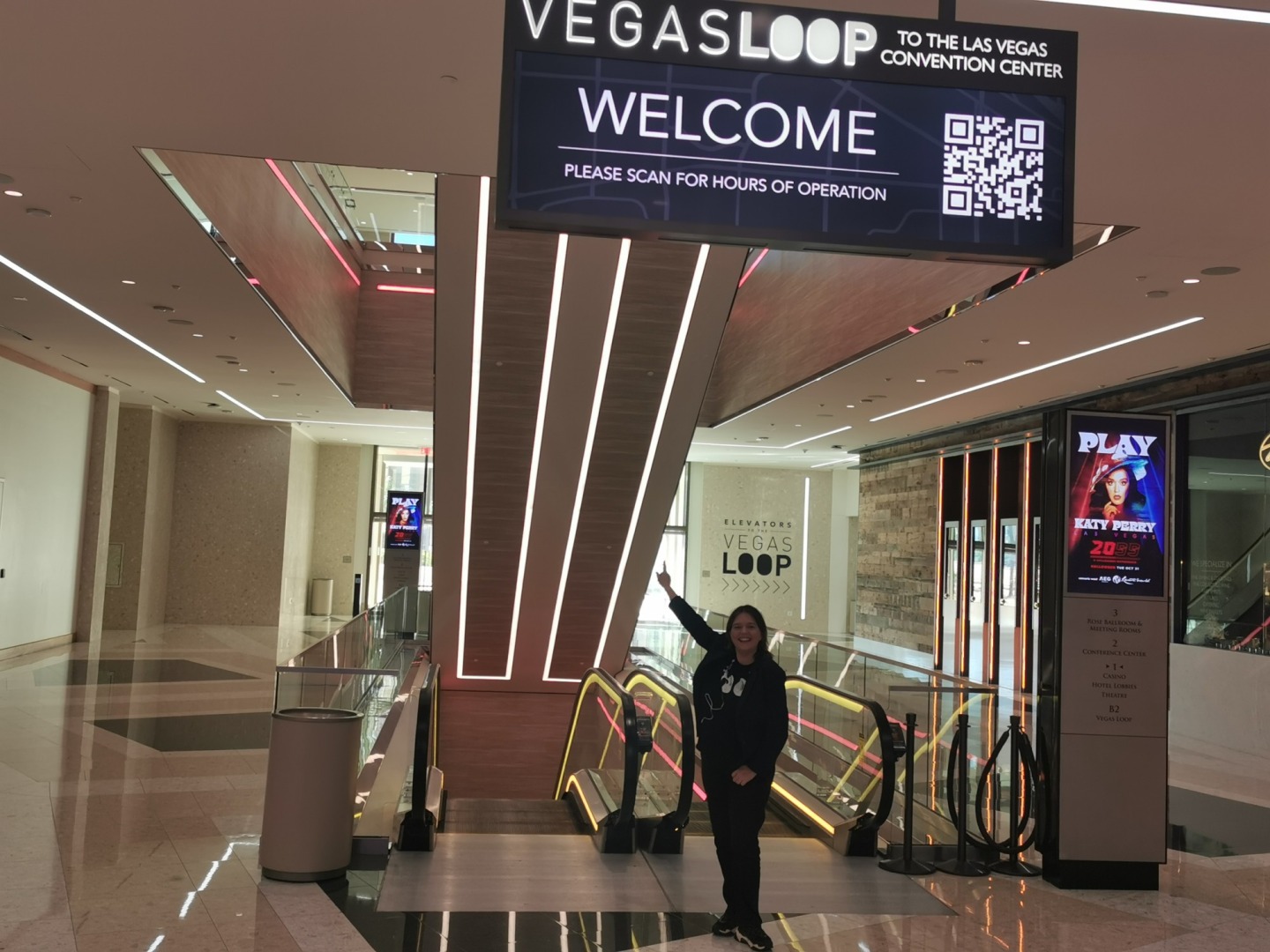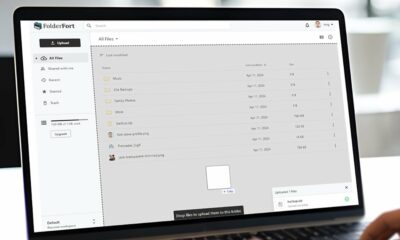TECHNOLOGY
Leading the Technology Renaissance! – The ‘How’ of Enabling Agility and Innovation #MWC23

Leading the Technology Renaissance! – The ‘How’ of Enabling Agility and Innovation #MWC23
In order to lead the technology renaissance, it is necessary to enable agility and innovation, particularly through the intersection of 5G and IoT.
With the combination of 5G’s faster speeds, lower latency, and higher bandwidth alongside advances in the Internet of Things, AI, Automation and Edge Computing, this convergence is enabling the development and scaling of next generation tools and platforms, plus a range of exciting new use cases too!
So, what underpins this trajectory of innovation? Having a network that is both reliable AND secure, and served by experts who know business too! And additionally, also supporting customers by simplifying IoT adoption for organizations of all sizes, enabled by the provision of secure and reliable IoT connectivity, together with ready-to-use IoT solutions. This is embodied by the award-winning solutions offered by AT&T who has been connecting and growing businesses for nearly 150 years and now serves almost 2.5 million business customers globally!
And with 5.4 billion 5G Connections now anticipated by 2030, the pairing of 5G and IoT in the automotive Industry is a natural use case fit, something Hardmon Williams Head of AT&T Connected Solutions brought to life from the mainstage at MWC23 – Americas. Even more so when we consider that Transforma Insights have estimated there will be an expected 2.5 billion connected cars by 2030 – with data consumption per car expected to increase 20-fold!
‘This is a monumental shift in the digital landscape. With the adoption of 5G networks, IoT devices are poised to reach their full potential. The high-speed, low latency capabilities of 5G enable seamless communication between countless IoT devices, from smart homes and cities to industrial automation and healthcare.’ – Hardmon Williams
Drilling down further, from a technology perspective this trajectory of innovation necessitates advancing pro-active and data-driven decision making through the integration of data from vehicle, infrastructure, and its surrounding environment, in a timely relevant and inherently secure way. This real-time data exchange demands reliable and secure connectivity by design, making the pairing of 5G and IoT truly a power partnership!

A Connected Case in Point! The Vegas Loop!
I believe this also reflects a broader drive to become more software-defined and with the acceleration of 5G adoption moving OEM’s to reimagine the future of connectivity in cars. Additional opportunities arise in areas such as 5G Stand-Alone Core, where paired with software defined vehicles, this will advance more complex and mission-critical use cases such as connected EV charging stations, vehicle to vehicle communications & vehicle-to-infrastructure communications.
And there’s more! Hardmon also revealed an impactful new partnership with Rivian – indeed becoming their connectivity partner for consumer and commercial electric vehicles right across North America. There is a very natural alignment here to help make EVs more robust, especially with Rivian’s commitment to adaptability, customizability, and environmental stewardship. All this is supported by AT&T having the most connected cars of any U.S. carrier, covering more roads and highways than any other carrier, plus investing in 5G Edge Zones too. Or in other words, this is the very essence of the software-defined vehicle! And beyond this, I am personally especially impressed with the alignment across social values too, with both environmental sustainability and emission reduction a central premise to both company’s vision. Fantastic to see!
About the Author
A highly experienced chief technology officer, professor in advanced technologies, and a global strategic advisor on digital transformation, Sally Eaves specialises in the application of emergent technologies, notably AI, 5G, cloud, security, and IoT disciplines, for business and IT transformation, alongside social impact at scale, especially from sustainability and DEI perspectives.
An international keynote speaker and author, Sally was an inaugural recipient of the Frontier Technology and Social Impact award, presented at the United Nations, and has been described as the “torchbearer for ethical tech”, founding Aspirational Futures to enhance inclusion, diversity, and belonging in the technology space and beyond. Sally is also the chair for the Global Cyber Trust at GFCYBER.












